
Visual Arts/ The 2024 Waterhouse Natural Science Art Prize. At the National Archives of Australia, until October 27. Reviewed by KERRY-ANNE COUSINS.
The travelling exhibition of works from the 2024 Waterhouse Natural Science Art Prize, now showing at the National Archives of Australia, is the only venue for this biennial prize exhibition outside its home at the Museum of SA.
Founded in 2002 to highlight the links between science, the creative arts and our natural world, it is named after Frederick George Waterhouse the first curator of the SA Museum. The Waterhouse Prize invites established artists and emerging artists to investigate in any media their response to our natural environment.
In Canberra we may only have selected works by the finalists and prize winners, but within this smaller group there is so much engrossing, thoughtful and commendable work to see and contemplate in all different styles and media that are part of the studio practice of artists today.
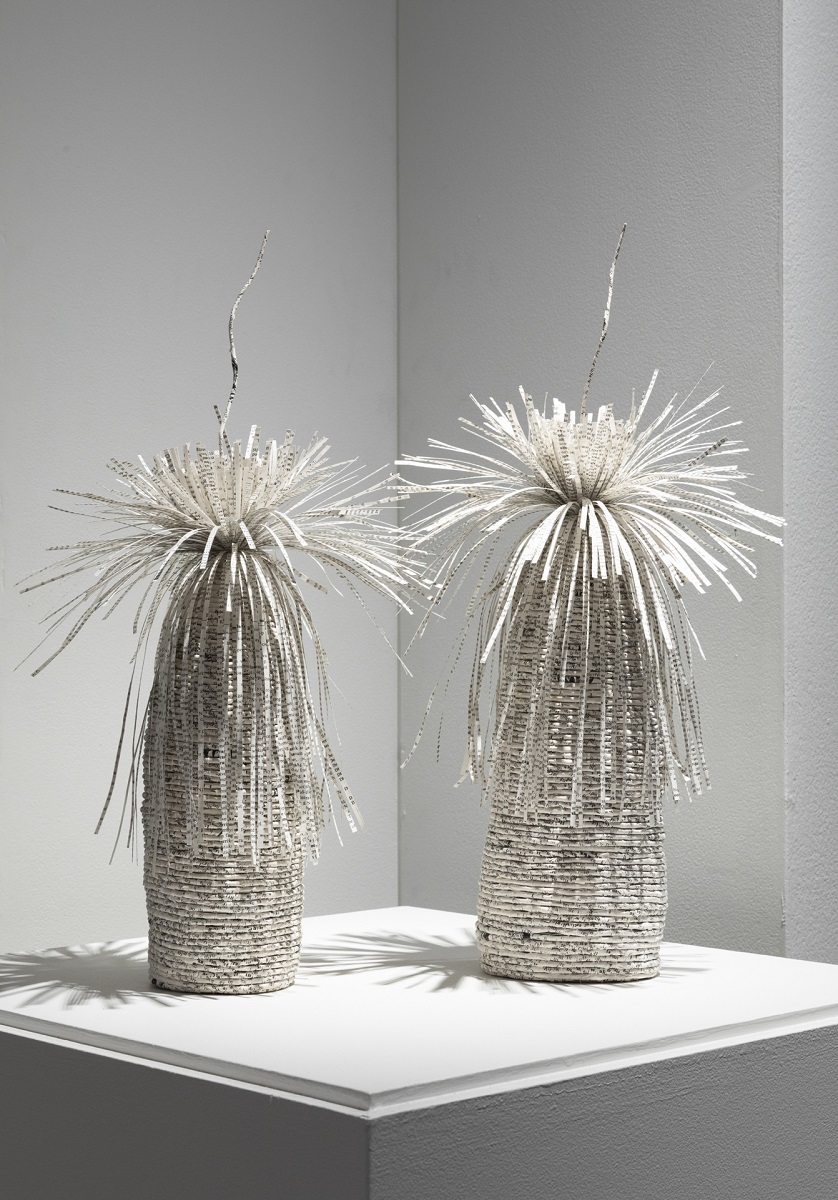
The prize winner of the 2024 Waterhouse Prize is Jenna Lee. Lee’s work Grass Tree – Growing Together, is of two small grass trees made from coiled paper. They are beautiful objects in their own right. Made from paper torn from a printed book where indigenous language was written as an academic treatise, they represent the loss of living indigenous language and culture.
However the artist finds hope by drawing a parallel between the flowering of the grass trees after fire and the resilience of indigenous culture.
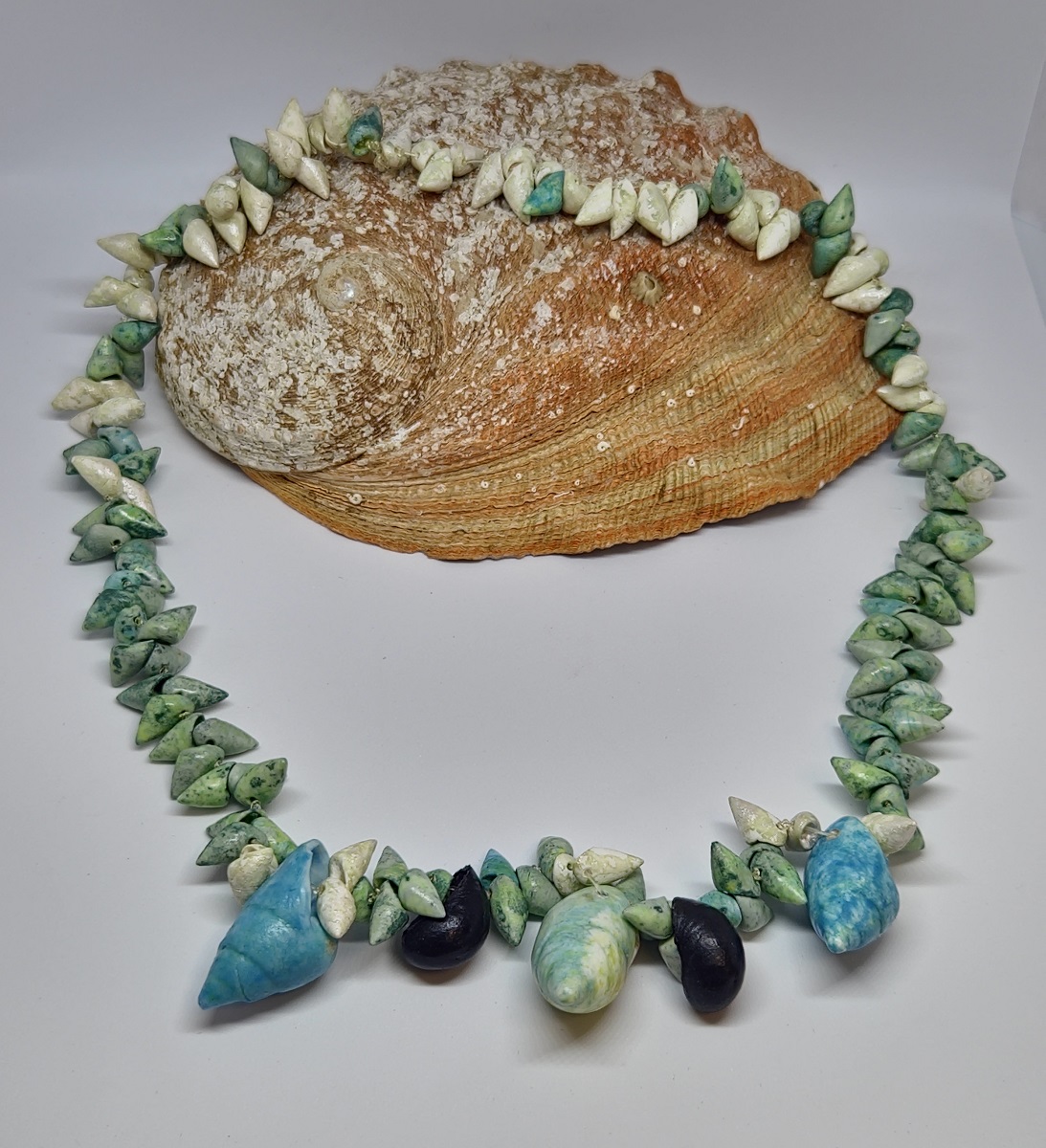
The emerging artist prize was given to Andrew Gall for his work Coming Together. Gall is also concerned with disappearing indigenous culture and in particular the disappearance of the shells that make up the pokana shell necklaces so central to the culture of his people.
He enshrines the memory of the shells by recreating them in ceramics through the media of 3D printing. The necklace lacks the lustre and life of the real shell necklaces and emphasises the fact that what we lose through environmental and cultural change can only at best be partially reclaimed.
Among the strong contingent of paintings is a stand out work by Nyunmiti Burton telling the Seven Sisters creation story. The confidence and sheer energy in this painting is compelling.
Six Mongarlowe Mallee trees growing far apart from one another in outback New South Wales are all that remain of this ancient ice age gum. Jessica Murtagh’s work Six is the Loneliest Number (the winner of the people’s choice) symbolises their lonely vigil in glass spherical domes ornamented with their leaves and flowers.
Other artists invite us to wonder at small objects in natural world. Robyn Booth’s work Hidden Treasure charts on small fragments of clay (later fired) the trail of Longhorn beetles across the bark of trees.
Silvio Apponyi portrays in his work, A Catastrophe of Bugs, small ceramic sculptures of bugs with carefully rendered detail like the ribbed stag that we don’t always notice although they are a vital part of our ecosystem.
Two works inspired by the resilience of nature are by Peter Walker and Jane Hylton. Walker’s work Fire Blooms illustrates through his twisted fire-blackened wood sculptures the way that the catastrophe of fire can also be a positive force. The smoke and gases from fires that drift across the Southern Ocean are used to fertilise the phytoplankton in the ocean.
Similarly Hylton paints the delicate native vine Muehlenbeckia growing across an old metal panel to symbolise the way this vine thrives and adapts among the detritus of farm habitation.
A compelling mixture of concern at the disappearance of culture and the environment tempered with the spirit of hope makes this exhibition an experience that challenges us to be more mindful of the delicate balance of nature in our environment that enables us all to survive.
Who can be trusted?
In a world of spin and confusion, there’s never been a more important time to support independent journalism in Canberra.
If you trust our work online and want to enforce the power of independent voices, I invite you to make a small contribution.
Every dollar of support is invested back into our journalism to help keep citynews.com.au strong and free.
Thank you,
Ian Meikle, editor
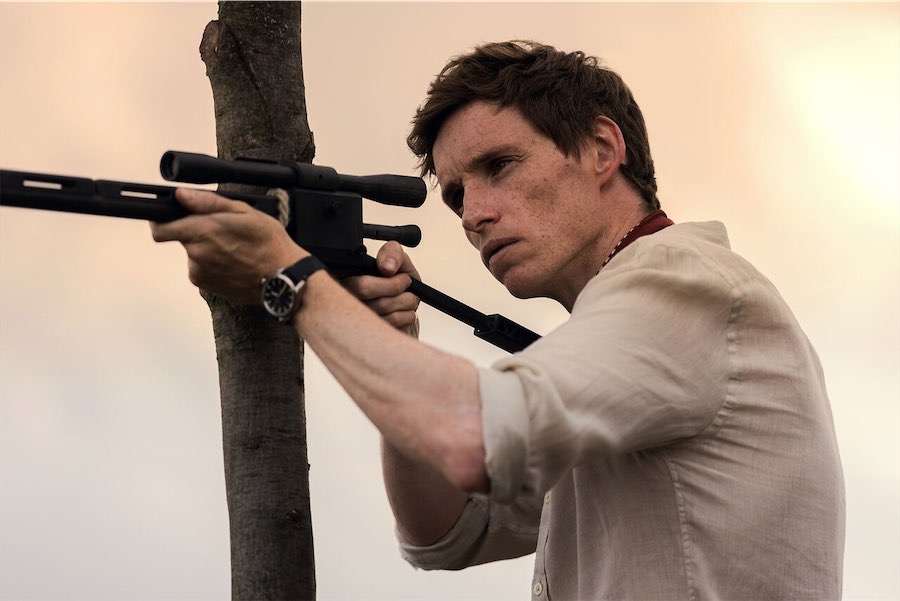
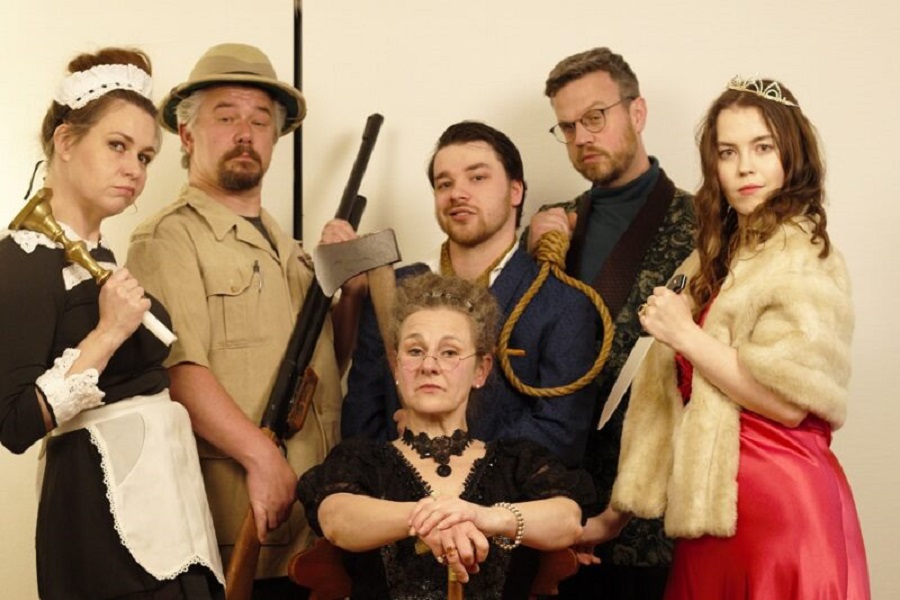
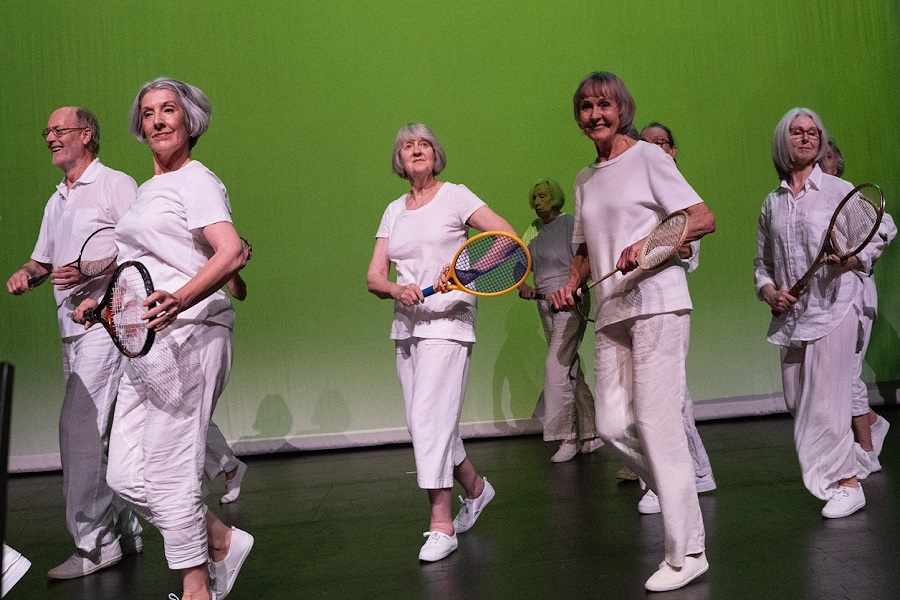

Leave a Reply